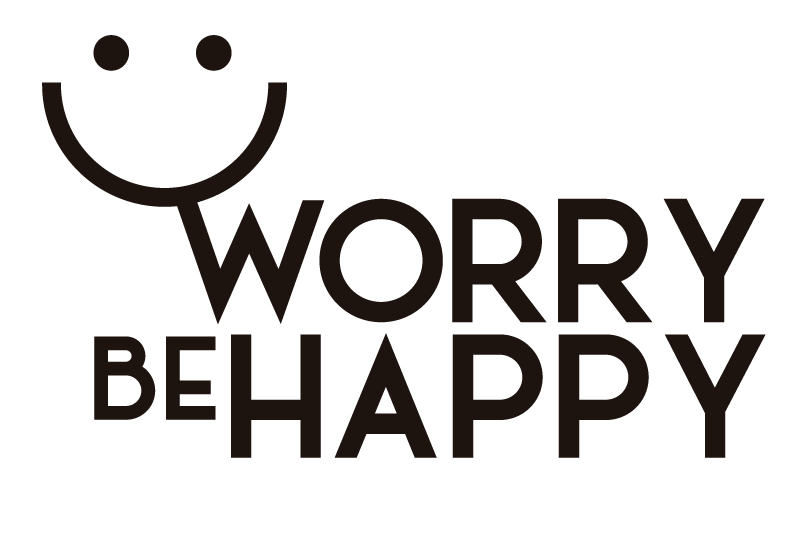As a knowledge worker, I clearly differentiate two different systems in my mind, workflow and life:
- My Action System.
- My Thinking System.
My Action System helps me to do things.
My Thinking System helps me to think.
Two different worlds. Two different mindsets. Two different tools.
I’m not “thinking” when I’m doing, as I understand “thinking” is.
My brain works totally differently “when doing” and “when thinking”.
It’s a different context, a different environment, a different approach.
That’s what using different tools for each system gives me.
When I’m doing, I think hierarchically.
When I’m thinking, I think flat. Nothing’s above or below anything.
Hierarchy gives me sequentiality. We’re sequential creatures. We need to do things one after the other. One at a time. Step by step following a checklist.
Multitasking’s an unattainable utopia.
A Thinking System is just the opposite. Welcome to the flat world. Everything’s a network.
I think. I make connections between related ideas.
I’m note-making, not note-taking. Anne-Laure Le Cunff perfectly explains these two concepts in this video.
Here, you can see it as Tiago Forte states it:
“Hierarchy prioritizes categories and goals. It tends to isolate ideas, and interconnections are not easy to find.” — Tiago Forte
“Networks prioritize connectivity between ideas, trying to look for patterns, interconnections, relationships.” — Tiago Forte
That’s why, when I do, I don’t think about connections and, when I think, I don’t think about doing at all.
Maybe it sounds confusing or bizarre at the beginning, but it is what it is.
That’s why I use two separate tools for each system. In my case, Notion (Action System) and Obsidian (Thinking System).
Trying to make an Action System works like a Thinking System is very difficult. And vice versa. In my case, it doesn’t work.
Having two separate tools switches my brain from one approach to another, from one context to another, performing at my best in both worlds.
Photo by Juan Rumimpunu on Unsplash.

